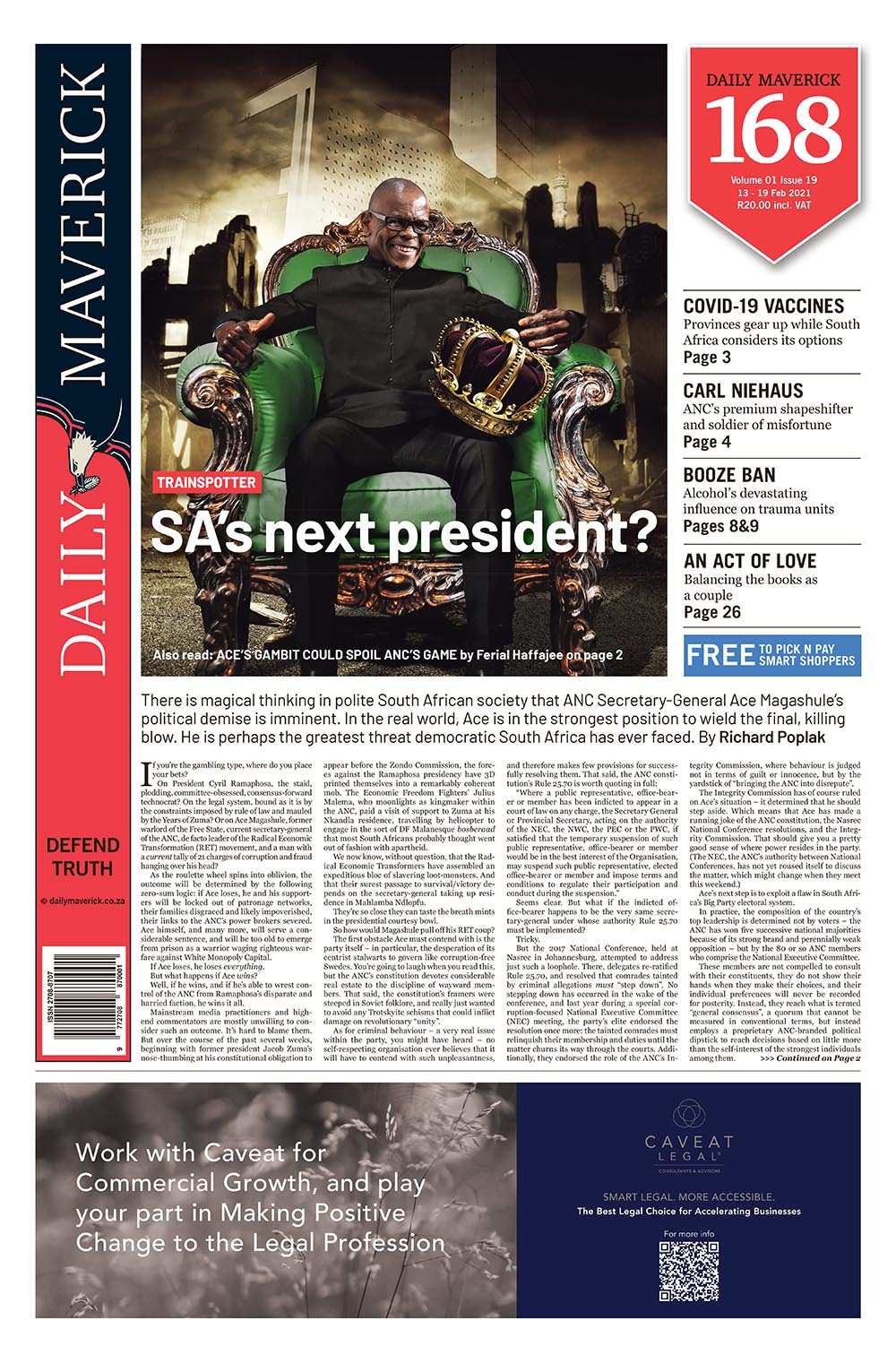First published in the Daily Maverick 168 weekly newspaper.
The series so far has touched on the input and ability of various roleplayers in the ecosystem. From governments providing tax breaks and investment incentives to reclaiming lost talent and pushing leaders to upskill, a problem of this magnitude will require a multipronged approach. Underpinning all of these efforts will be the successful implementation and execution of data and technology.
Covid-19 has made it clear that any organisation with medium to large aspirations should consider data and technology as foundational requirements. As traditional publishers migrated from legacy channels to digital, the systems, processes and people had to align with the new “digital first” approach. Those who were late to the party, and those who hung on to the past, are still counting the cost – if they even exist to count the cost. As the full impact of lockdown hit last year, some titles and entire media organisations ceased to be. While the death certificate may say “Covid-19”, the real cause of death was their inability to migrate and cope with the demands of digital publishing.
A spectacular case study of an organisation that reinvented itself is The New York Times, once again the poster child of the news media world. But in 2014, things weren’t looking so great for the Grey Lady. Online readership was lagging behind digital upstarts like BuzzFeed and The Huffington Post, and digital subscription growth was negative. The organisation, to the credit of its leadership team, produced what is now considered the seminal document of the digital era, The New York Times Innovation Report, which laid bare its shortcomings with recommendations that centred largely on shedding its print-first DNA, and embracing data and digital as the primary way of operating. Just six years later, the NYT is crushing it with 7 million digital subscribers, almost $1-billion in cash and the biggest newsroom in its 169-year history. What is interesting to note is that 1,700 editorial staff are supported by 700 people in product and technology. Clearly, to play at the highest level, huge investments in skills and the right tech stack are now table stakes.
The problem is a little more complex than just throwing money at the technology aspect of it. Yes, we need to incentivise greater investment in the tech space, lure data scientists and product designers and engineers away from high-paying corporates, but we also need to remember that tech is an enabler or accelerator of where true innovation comes from business models.
While it can be argued that the great disruption of our time comes from technology companies like Google, Facebook and Amazon, a closer look will reveal that their ability to better serve the needs of audiences by using data and technology is a better framing of the argument.
In his book Unlocking the Customer Value Chain, Harvard Business School Professor Thales Teixeira argues that innovation occurs when taking a traditional business model, moving it online and layering it with new features that could only exist in digital format.
He argues that the great tech companies of our time were ones that broke down the customer value chain and identified the components that could be decoupled and monetised through value creation. For example, much shade is thrown the way of Facebook and Google as the primary hijackers of advertising revenue from news publishers. But the original body blow was dealt by Craigslist and spinoffs like Gumtree and Cars.com, which took traditional classifieds business online, improved it and swallowed up the 25% of revenue newspapers once claimed as their own. So, to tackle the sustainability problem, our approach to technology (as to journalism itself) must be needs-driven, and always in the pursuit of new value-creating innovations. Given the amount required to make this a reality, technology investment incentives wouldn’t hurt either. DM168
This story first appeared in our weekly Daily Maverick 168 newspaper which is available for free to Pick n Pay Smart Shoppers at these Pick n Pay stores.

















 Become an Insider
Become an Insider
Comments - Please login in order to comment.